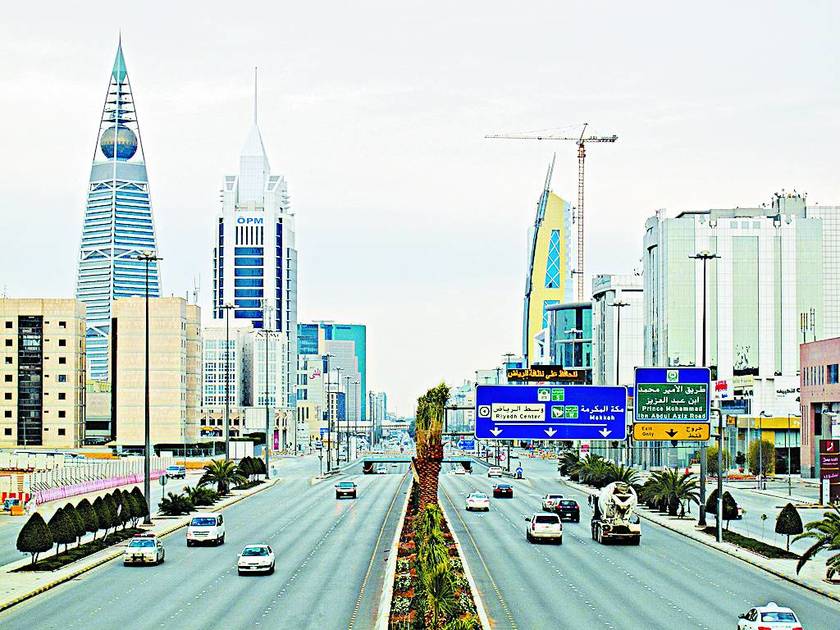
Dubai: “Gulf”
Central banks in the Gulf countries have been raising key interest rates by a quarter of a percentage point and keeping track of the US Federal Reserve.
Emirates Central Bank has decided to raise the base rate for night time deposit facilities by 25 basis points to 0.4%. The bank said it has decided to keep the short-term liquidity borrowing rate above 50 basis points above the base rate across various existing credit facilities.
The Saudi central bank raised the main repo rate by a quarter of a percentage point to 1.25% and the reverse repo rate by 0.75%.
Kuwait
The Central Bank of Kuwait has decided to raise interest rates from 1.5% to 1.75% by a quarter of a percentage point and has decided to make changes to all interest rate terms at different rates for up to 10 years. Including the system for accepting term deposits and public loan instruments.
Kuwait’s central bank cut its discount rate twice by 125 basis points to 1.5%, the lowest level in history since 2020.
Two seas
The Central Bank of Bahrain also announced a decision to raise the base interest rate on one-week deposits by 25 basis points, from 1.00% to 1.25%. The interest rate for night deposits was raised from 0.75% to 1.00% and for four week deposits from 1.50% to 1.75%. In addition to raising the central bank’s interest rate on retail banks from 2.25% to 2.50% in exchange for lending facilities.
Diameter
In addition, the Central Bank of Qatar decided to raise the repurchase rate by 25 basis points to 1.25%. The bank decided to keep the deposit interest rate at its current level of 1% and the lending rate at its current level of 2.5%.
Federal Reserve
The Federal Reserve in the United States began its sharpest interest rate hike since the mid-2000s, rising by a quarter point for the first time since 2018, indicating 6 more increases this year. Jerome Powell, head of the Federal Reserve, told Americans that the economy would not slide into recession, adding that inflation was high, the labor market was very hot and price stability was a “prerequisite” for the central bank. In 40 years.
Policymakers voted 8-1 to raise the key interest rate to between 0.25% and 0.5% of the target, two years later the cost of borrowing to tackle the epidemic was near zero, and they expected a sustained increase to 1.9% by the end of this year. It will be 2.8% by the end of 2023, which is considered a growth restriction; Between June 2004 and June 2006, the Fed saw record prices, rising 1% to 5.25% in 17 consecutive sessions.

“Award-winning beer geek. Extreme coffeeaholic. Introvert. Avid travel specialist. Hipster-friendly communicator.”






